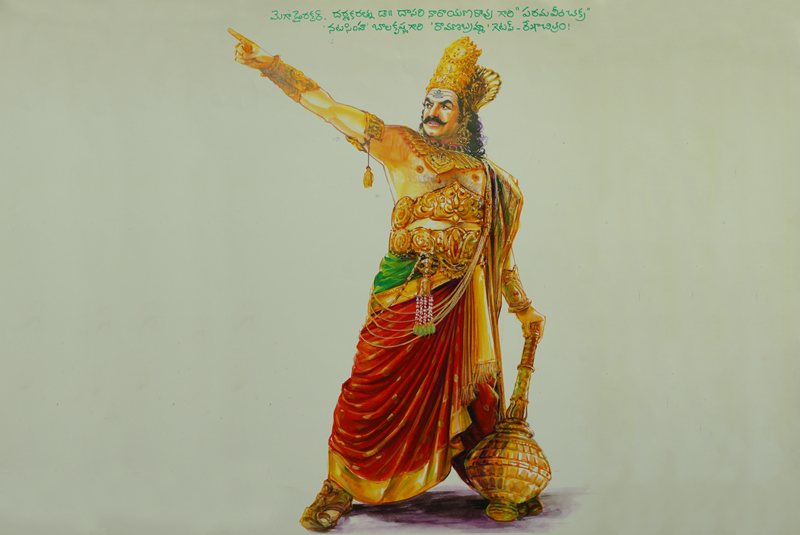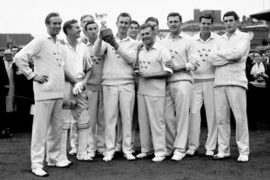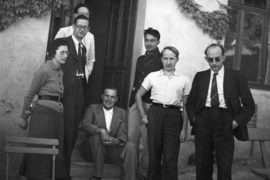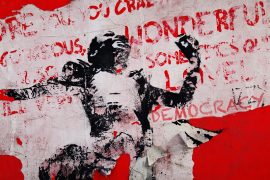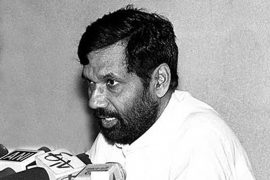When digital art did not exist, and Adobe Illustrator, the graphic design software, was in its infancy, movie posters were made by hand. These posters were crucial for the film’s publicity; they were perhaps the only way to inform and get the audience excited about the film. So the artists–who designed, sketched and coloured film posters–had to make sure they made the best of what they got, which was barely anything. Filmmakers would give them shots from the film that expanded to a few inches. The rest was up to the artists’ imagination.
Directors scouted for talented artists and booked them months in advance; the filmmakers knew that this was one of the most important promotional tool on which the commercial success of the film depended. The artists had to make sure that the posters reflected the filmmaker’s vision and narrate the film’s story, visually.
In the earlier years, after finalising the designs, artists would paint the film “posters” on hoardings and billboards. There would be minor differences in detail because each painting was separately painted by hand. So, a poster painted on a billboard in Madras, for instance, would be similar to a billboard painted in Madurai. However, the posters would have minor variations because they were hand painted by artists whose only reference was whatever they remembered from their initiatl drawing in Madras. That also meant teams of painters and artists travelling to differnt locations with their paint buckets. Often, closer to the launch of the film, they worked day and night, painting “film posters” across cities.
-30-
Copyright©Madras Courier, All Rights Reserved. You may share using our article tools. Please don't cut articles from madrascourier.com and redistribute by email, post to the web, mobile phone or social media.Please send in your feed back and comments to [email protected]

